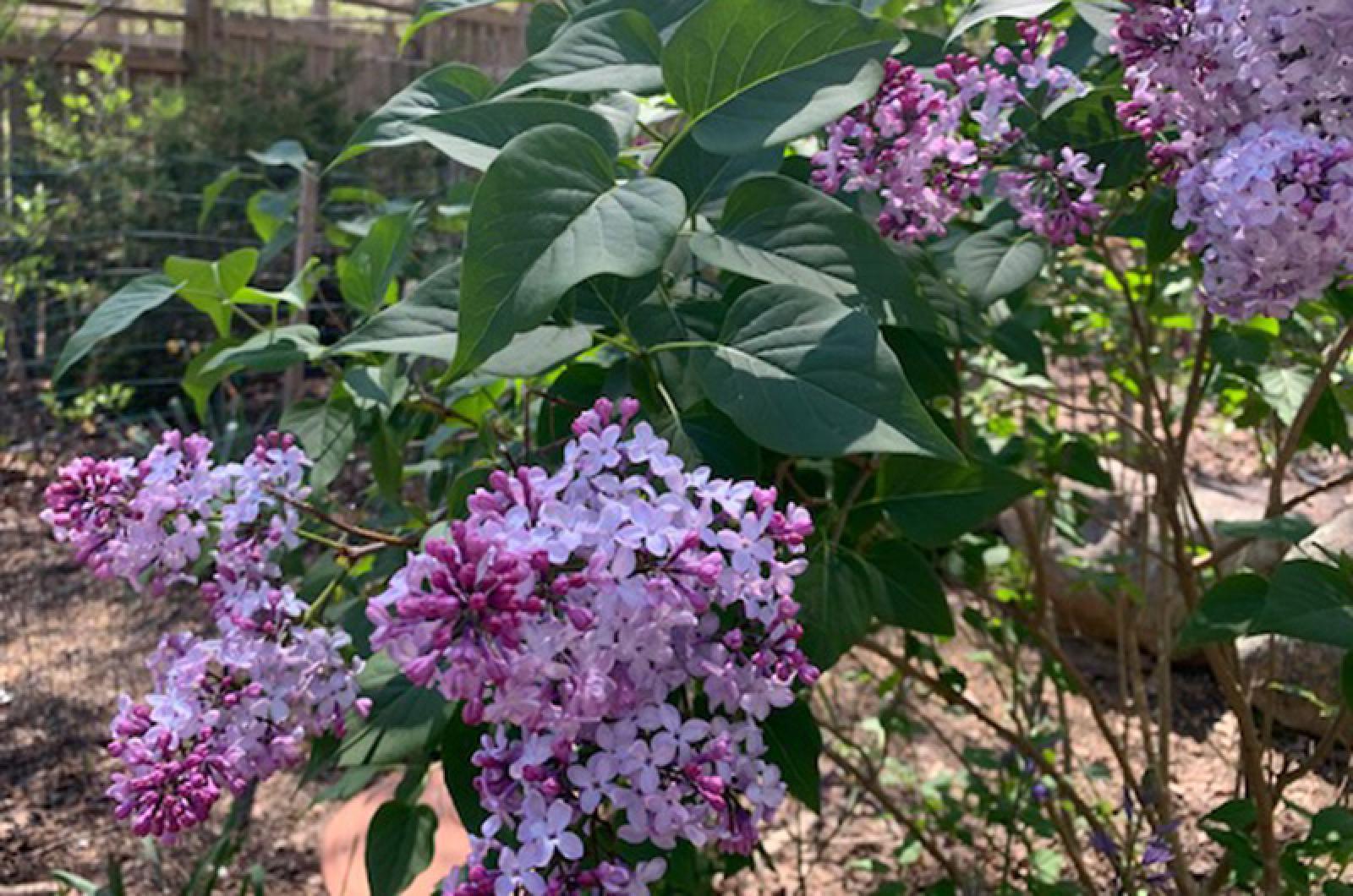Lilacs are the spring fling flower. Blooming for a brief time in mid-to-late May is not the only reason. For those who follow flower fortunes, lilacs at one time represented a flirtation, the flourishing of new love, and a brief attraction. Thus, unlike the rose, a lilac is more of a Tinder flower than the Hinge or Match.com variety.
Mirroring a short-term relationship that starts strong but peters out quickly, lilacs follow a similar path. Perhaps, like a burst of endorphins, it is the intensity of the emotions that fall short as time goes on. For the lilac, the initial scent pleases early in the bloom, only to later become much stronger, cloying and almost unpleasant.
Blame that quality on indole. Indole is a naturally occurring organic compound in the plant’s oil that provides for the scent of the flower, and interestingly is also present in human feces, which we can all agree doesn’t smell as sweet.
That strong scent provided for an important use of lilacs (to mask the smell of death) and has long been known for its ability to trigger an emotional response.
Walt Whitman confirmed the association when he grieved for Abraham Lincoln, who was assassinated in the spring, explaining: “I remember where I was stopping at the time, the season being advanced, there were many lilacs in full bloom. By one of those caprices that enter and give tinge to events without being at all a part of them, I find myself always reminded of great tragedy of that day by the sight and odor of these blossoms. It never fails.”
And in his eulogical poem about the death, Whitman shared the penchant for covering the coffin with these heady blooms: “But mostly and now the lilac that blooms the first, Copious I break, I break the sprigs from the bushes, With loaded arms I come, pouring for you, For you and the coffins all of you O death.”
With that reputation, even wearing the flower was verboten. A woman who did was thought to be destined to be single forever. To let a partner know a relationship was over, all that one needed to do was to give them a bouquet of lilacs. And don’t even think of bringing lilacs into your home, as bad luck would be the result. The only reason to bring the flower inside was if your house was haunted and you needed to banish negative energies and drive away evil spirits.
Today these negative associations no longer hold true. It was during the Victorian era that lilacs were reimagined and remarketed. The Victorian language of flowers gave lilacs a more positive reputation as harbinger of true love and symbol of youthful innocence.
So enjoy this fleeting flower with its fleeting power — like Spring itself, time will soon leave it behind.
Suzan Bellincampi is director of Felix Neck Wildlife Sanctuary in Edgartown and the Nantucket Wildlife Sanctuaries. She is also the author of Martha’s Vineyard: A Field Guide to Island Nature and The Nature of Martha’s Vineyard.







Comments
Comment policy »